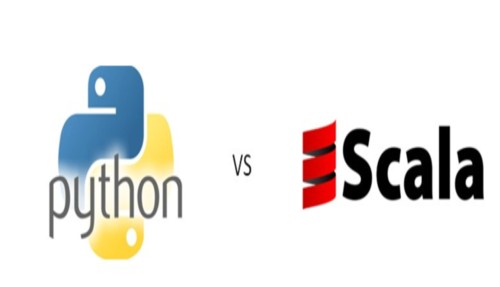Scala and Python are two popular programming languages used in the software development industry. Both languages have a lot of similarities as well as differences. This blog aims to compare the two programming languages and help developers decide which language to choose for their project.
Similarities
Both Scala and Python are object-oriented, general purpose programming languages. They both have a strong rich library and are relatively easy to learn. In terms of syntax, they both use the same basic principles such as loops and conditionals. They are also broadly used across the programming industry.
Differences
Although there are many similarities between the two languages, there are a few key differences to be aware of.
Performance: When it comes to performance, Scala is generally considered to be faster than Python as it is compiled into bytecode whereas Python is interpreted. This makes Scala faster for compute-intensive tasks, but slower for development.
Static vs Dynamic Typing: Scala is a statically typed language, meaning that type checking happens at compile time. Python, on the other hand, is a dynamically typed language, meaning that type checking happens at runtime. This makes Python more flexible, but also more error prone.
Scalability: Scala has better scalability than Python as it is designed to take advantage of multicore architectures. Python, on the other hand, is single threaded and so cannot take advantage of parallelism.
Data Structures: Scala has a richer set of data structures than Python, such as Tuples, Maps, and Option types. This can make it easier to write code that uses complex data structures.
Syntax: Scala implements functional programming features such as pattern matching and higher order functions, while Python does not. This makes it easier to write complex logic in Scala than it is in Python.
So which language should you choose? It really comes down to the requirements of your project. If your project requires high performance or complex data structures, then Scala is the better choice. On the other hand, if your project requires flexibility or code readability, then Python may be the better choice.




